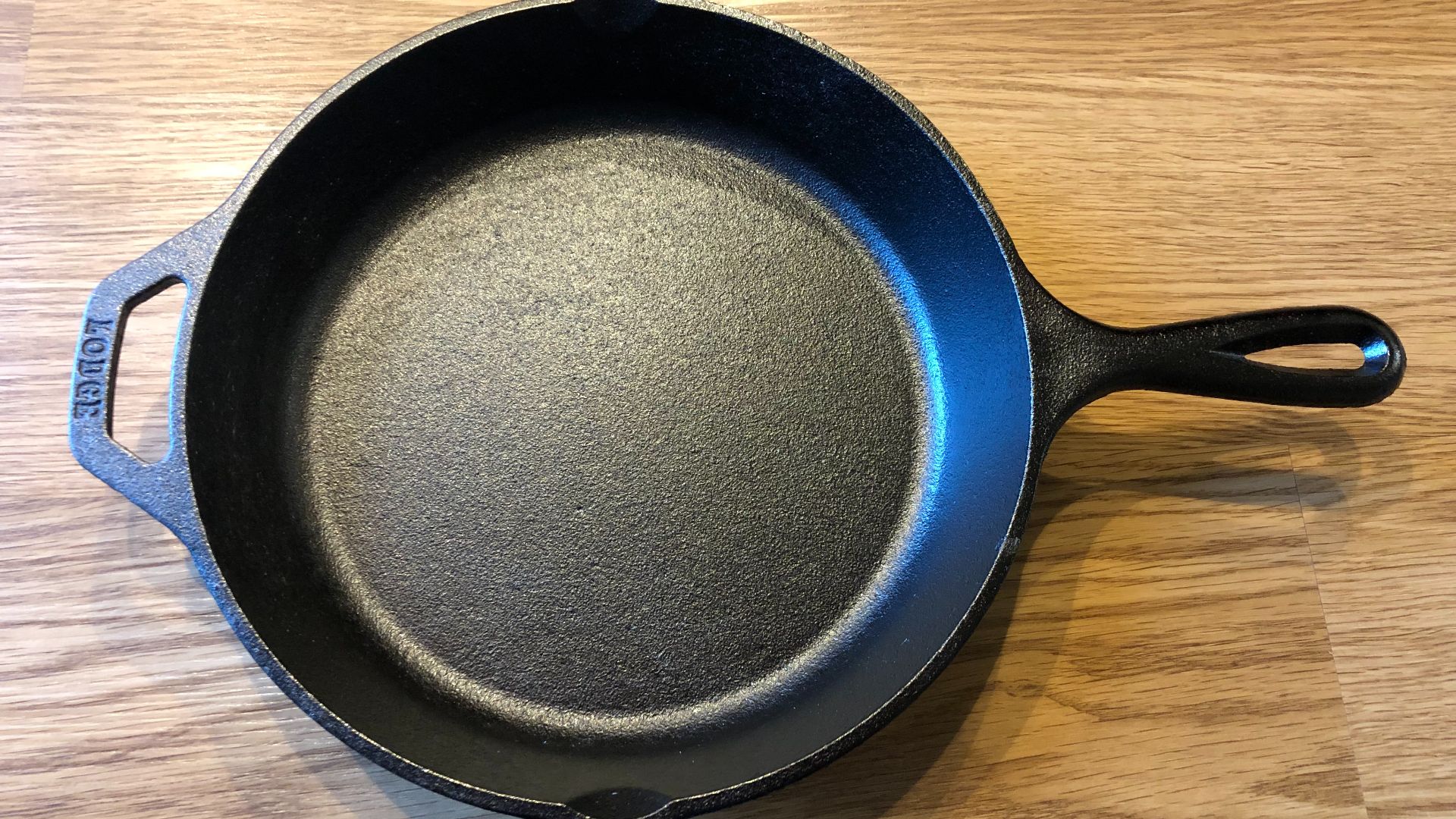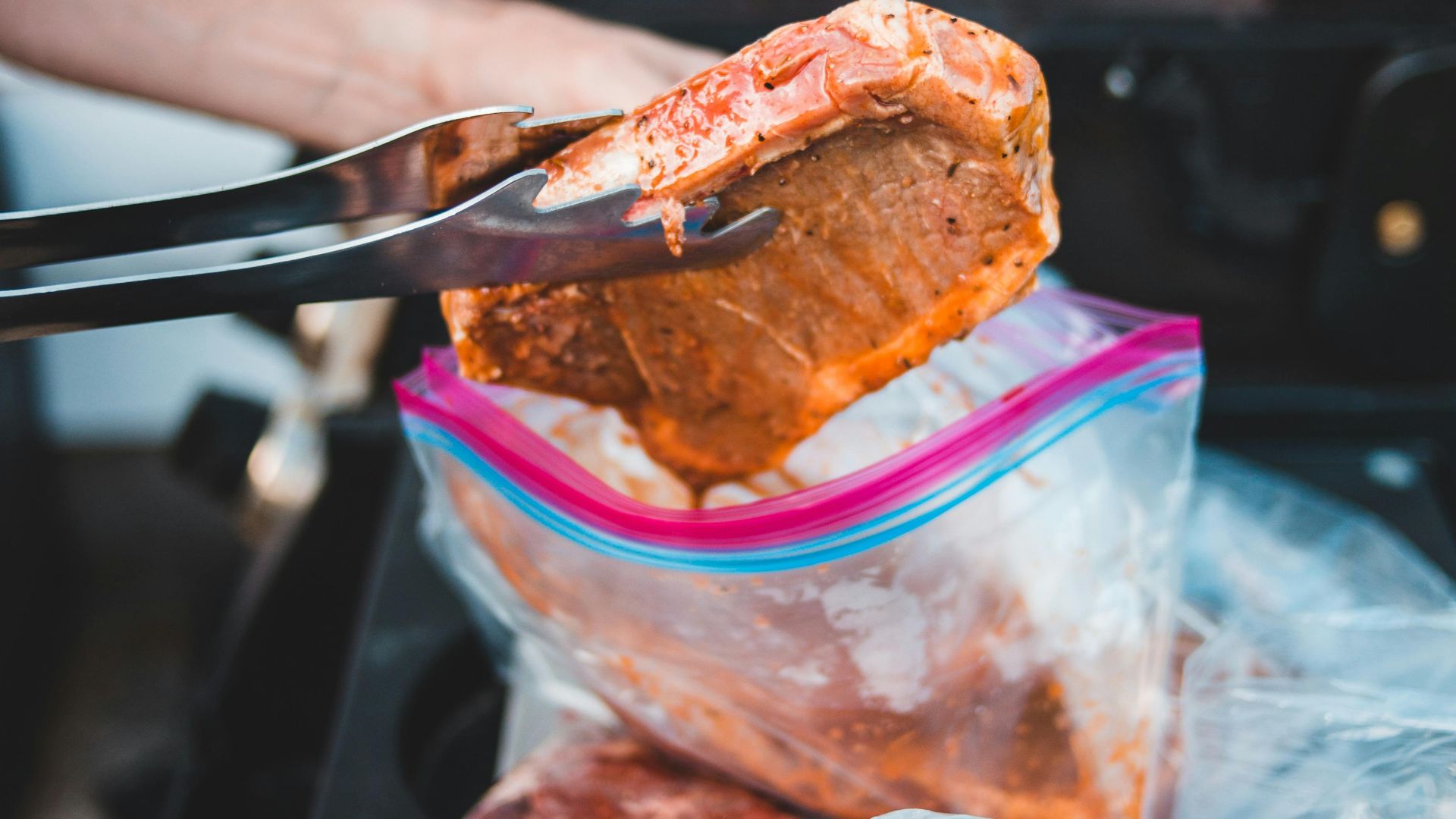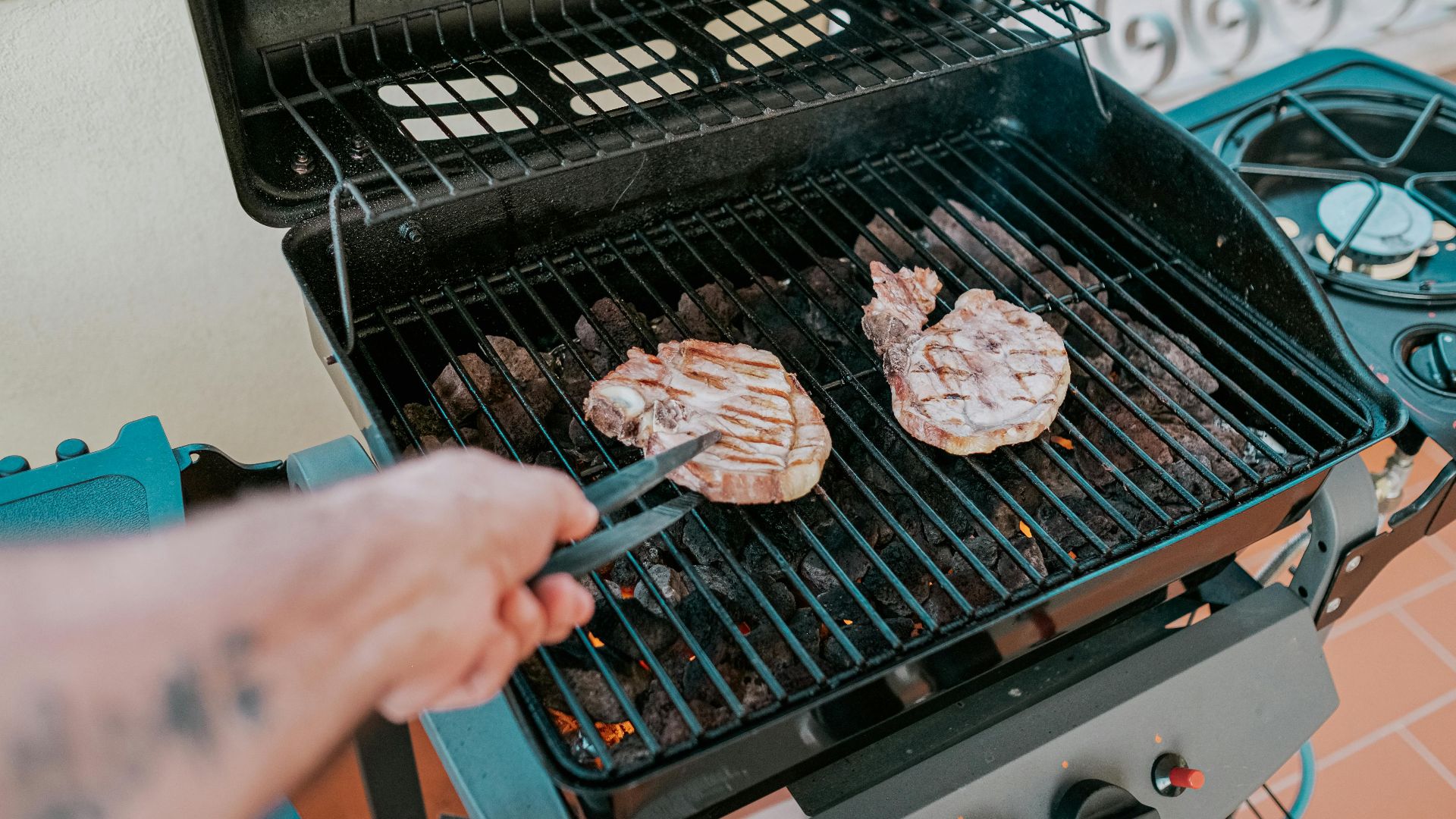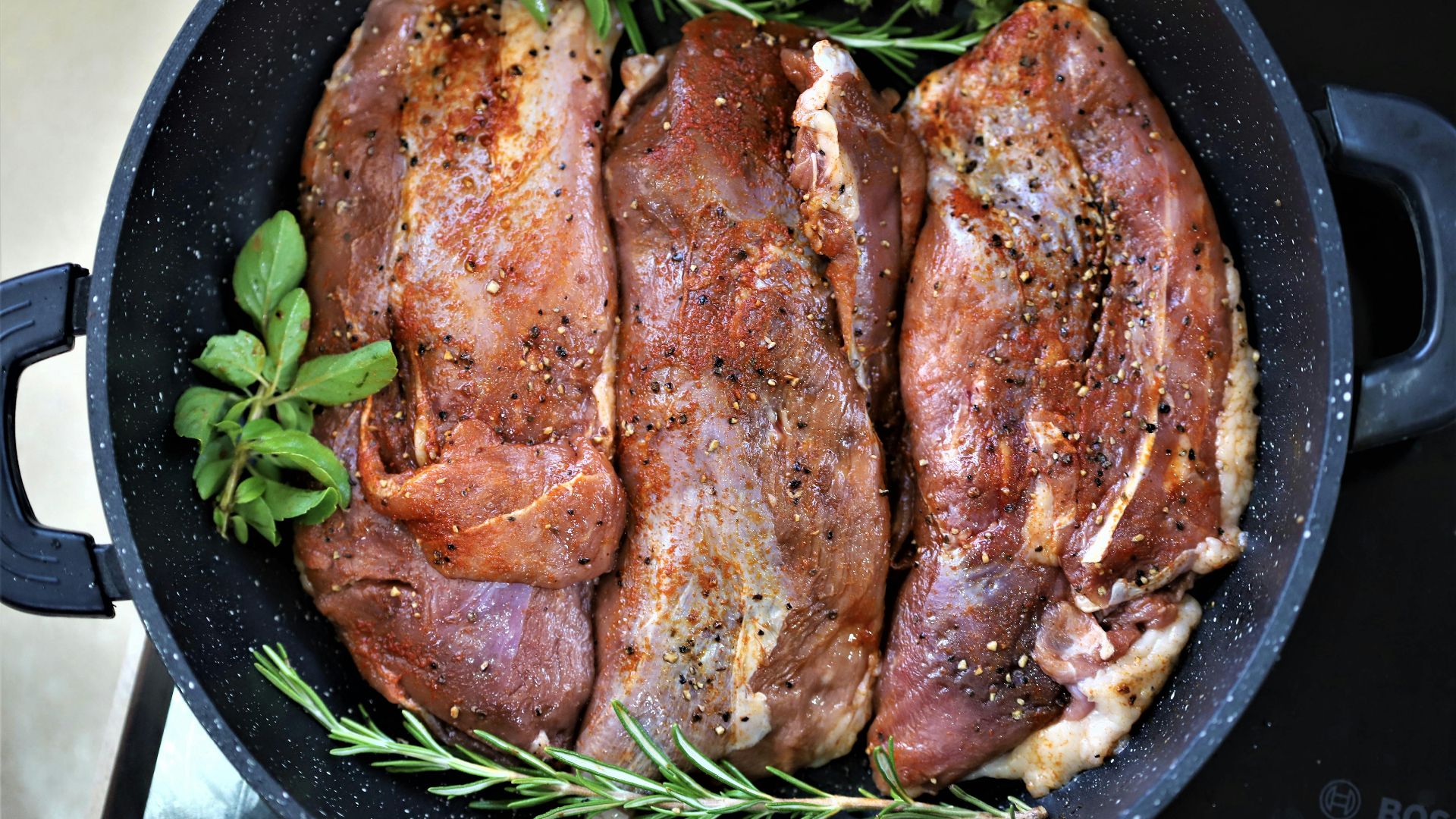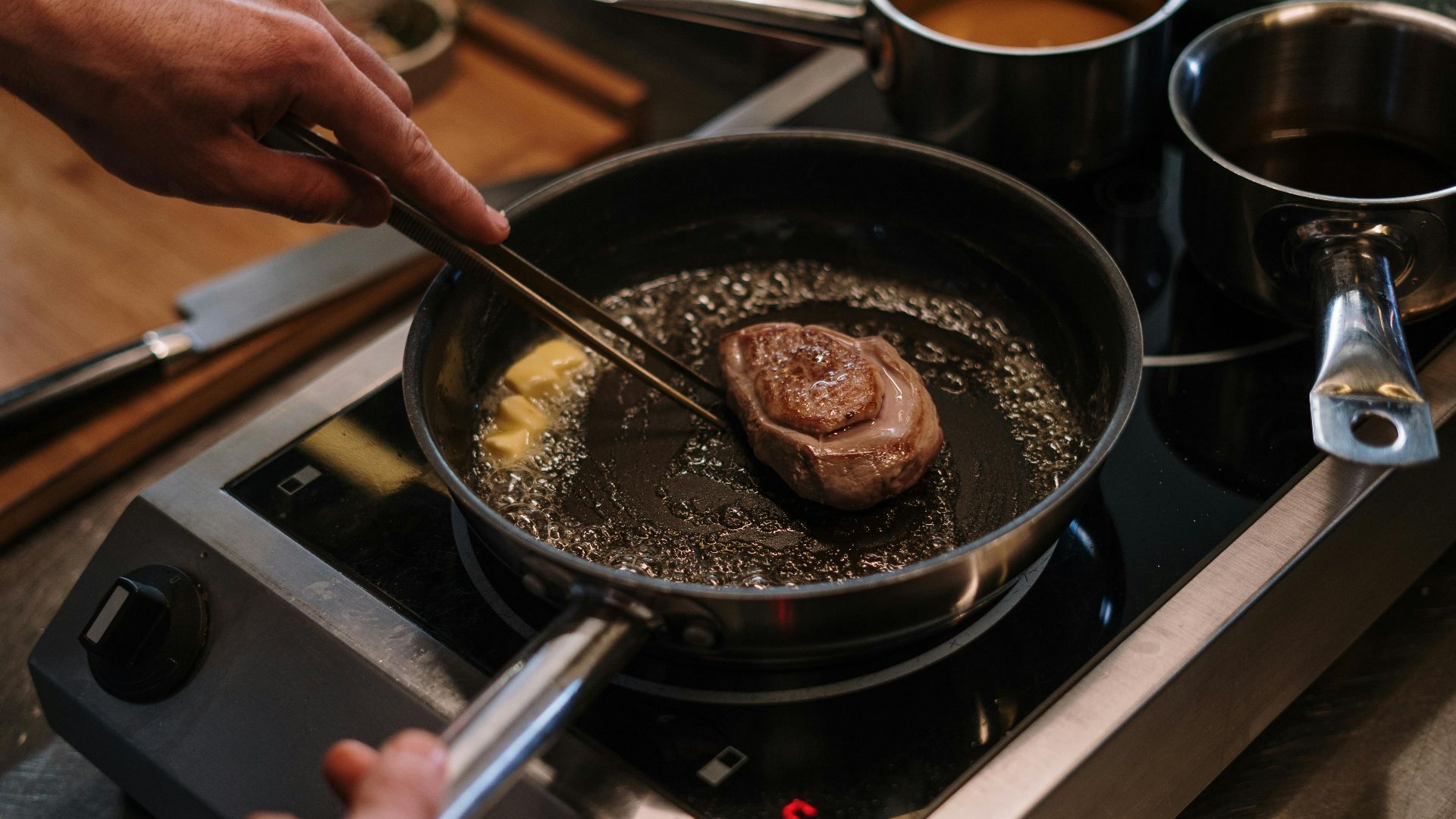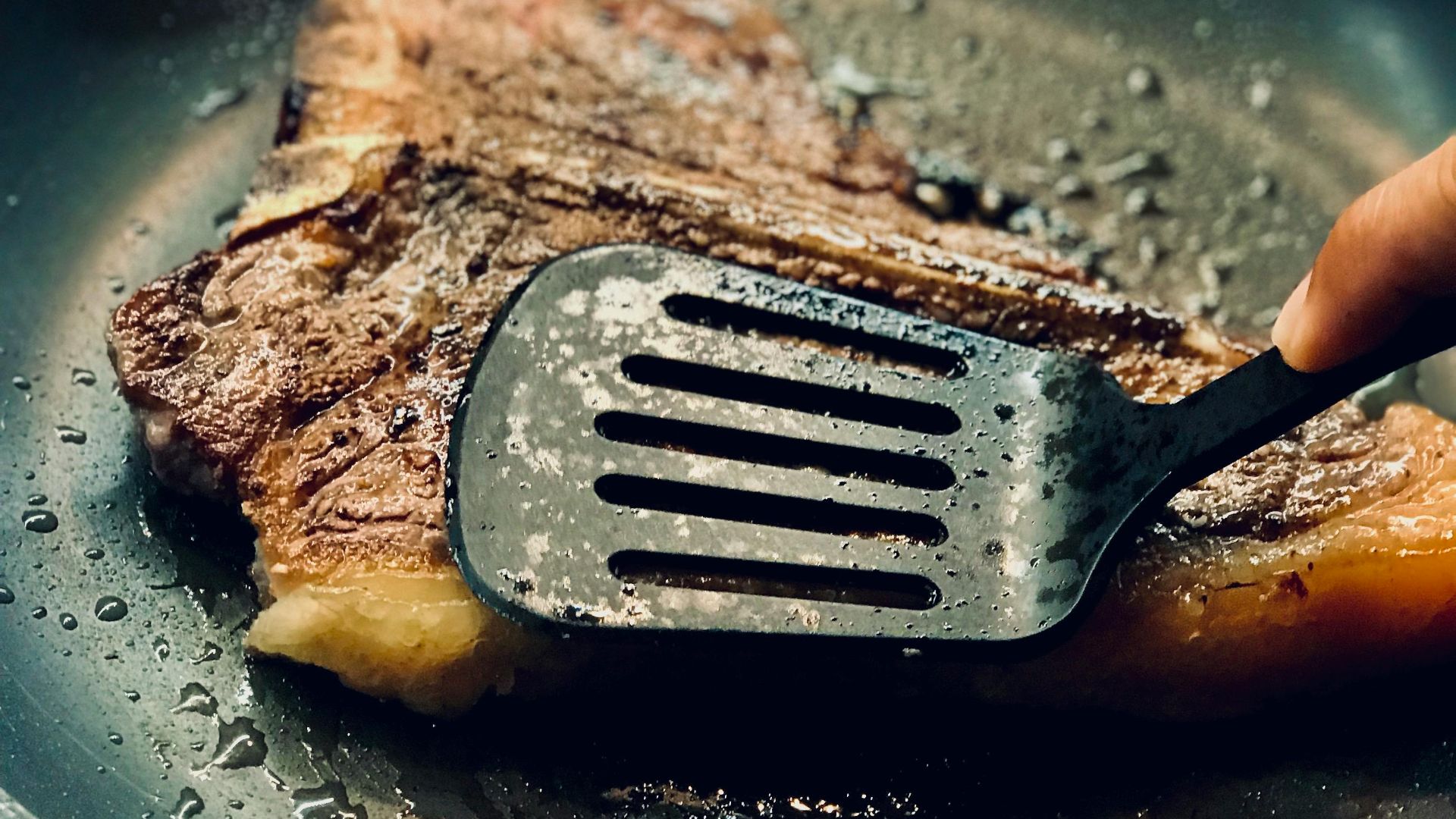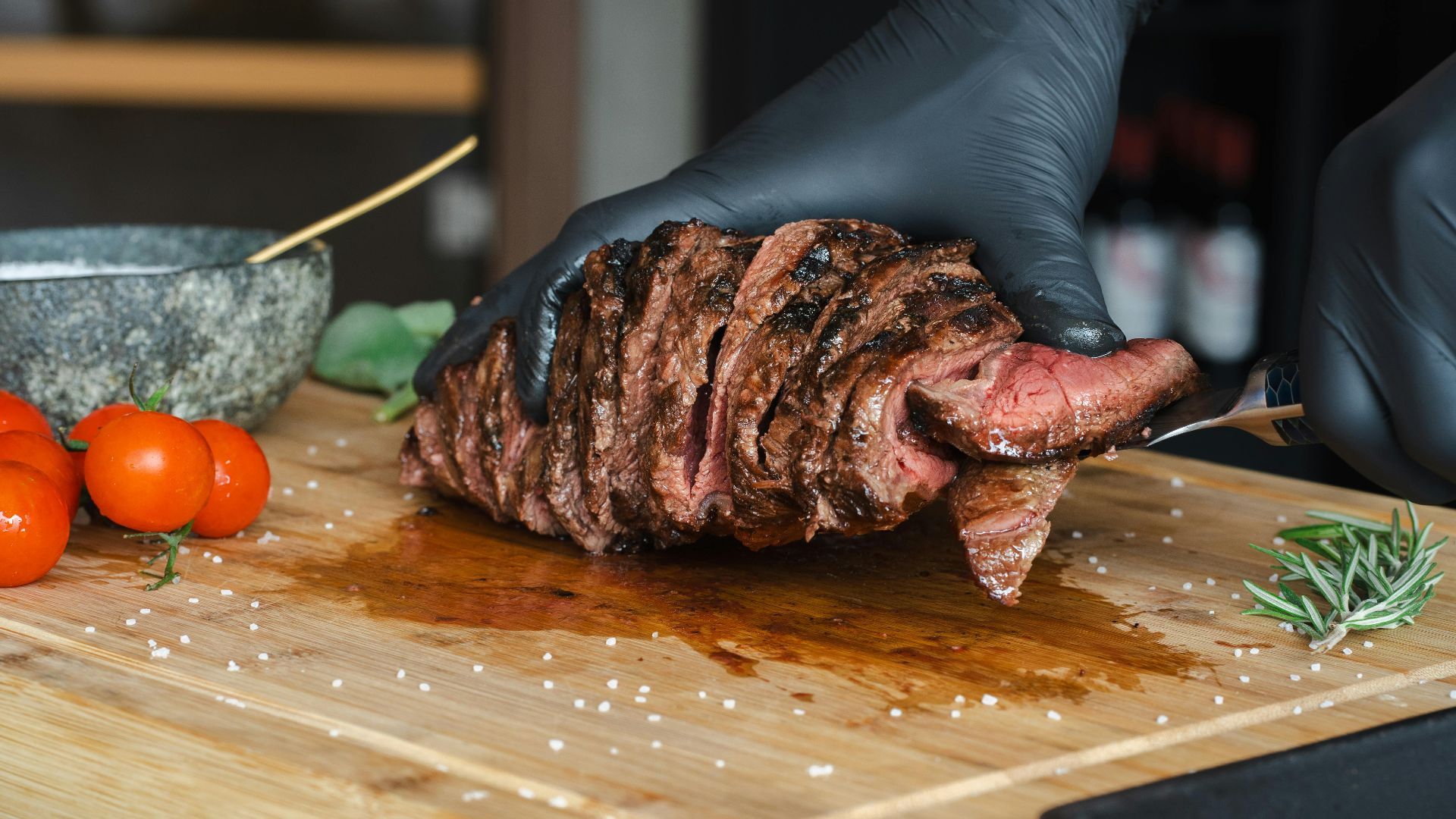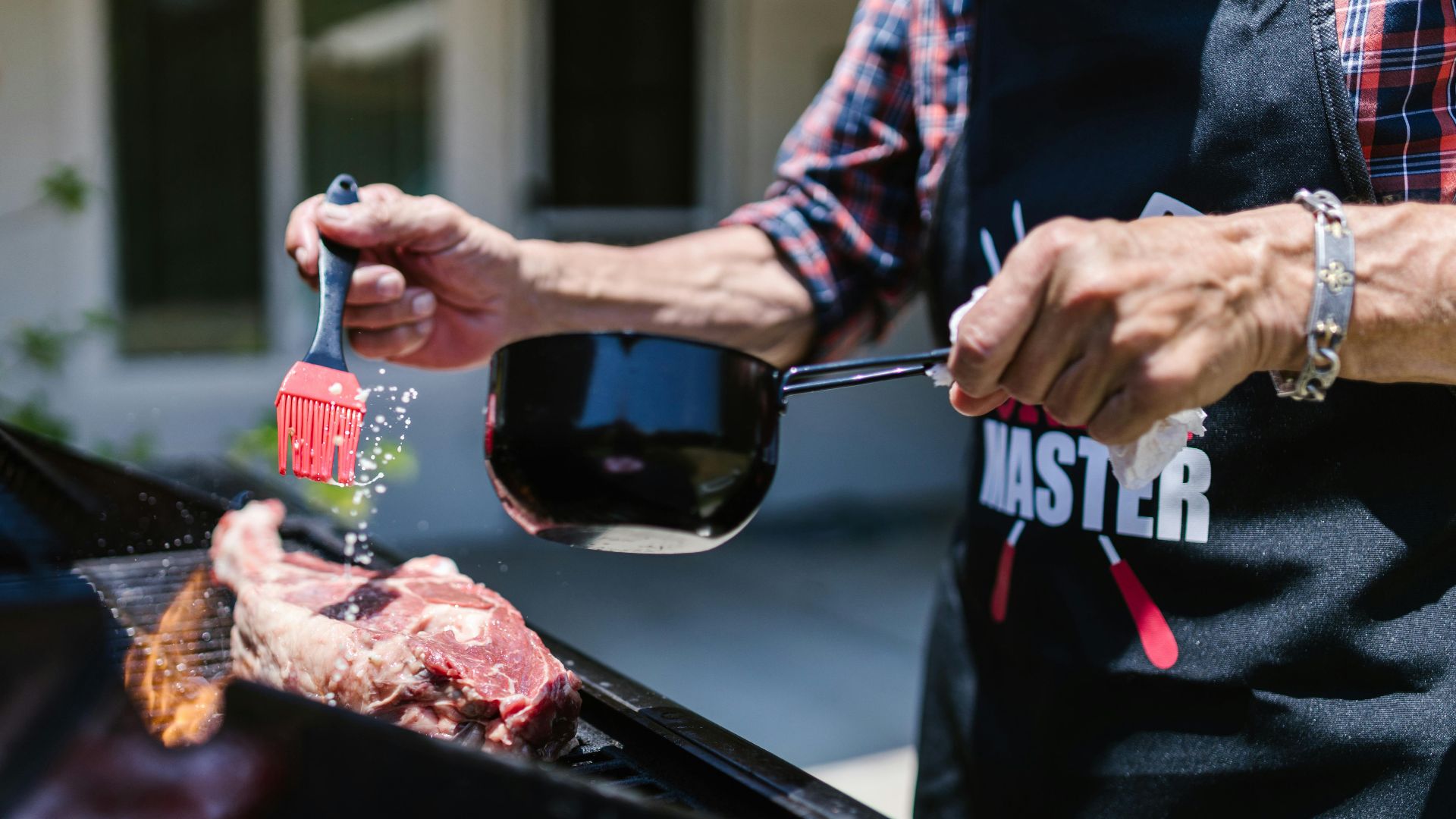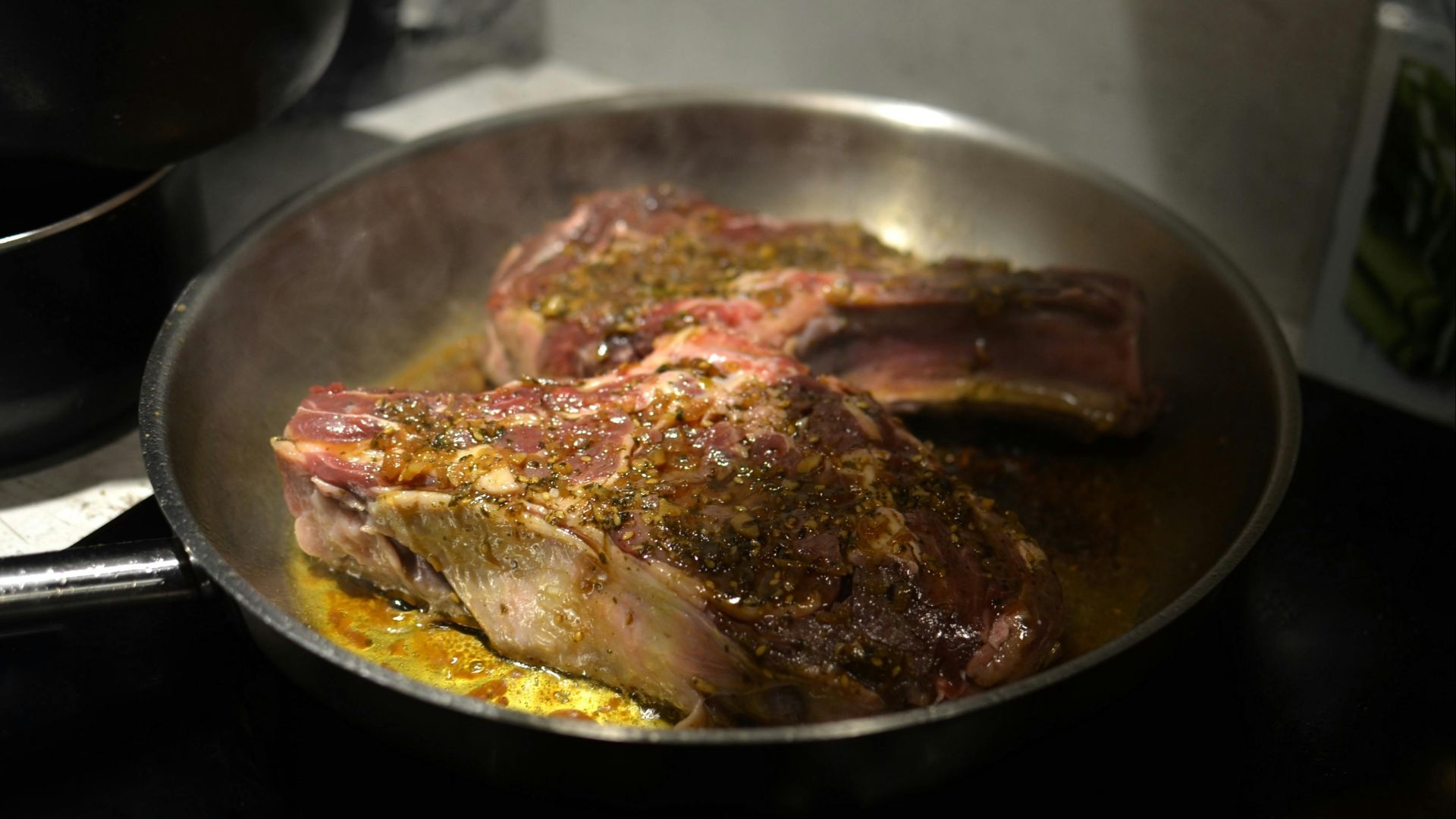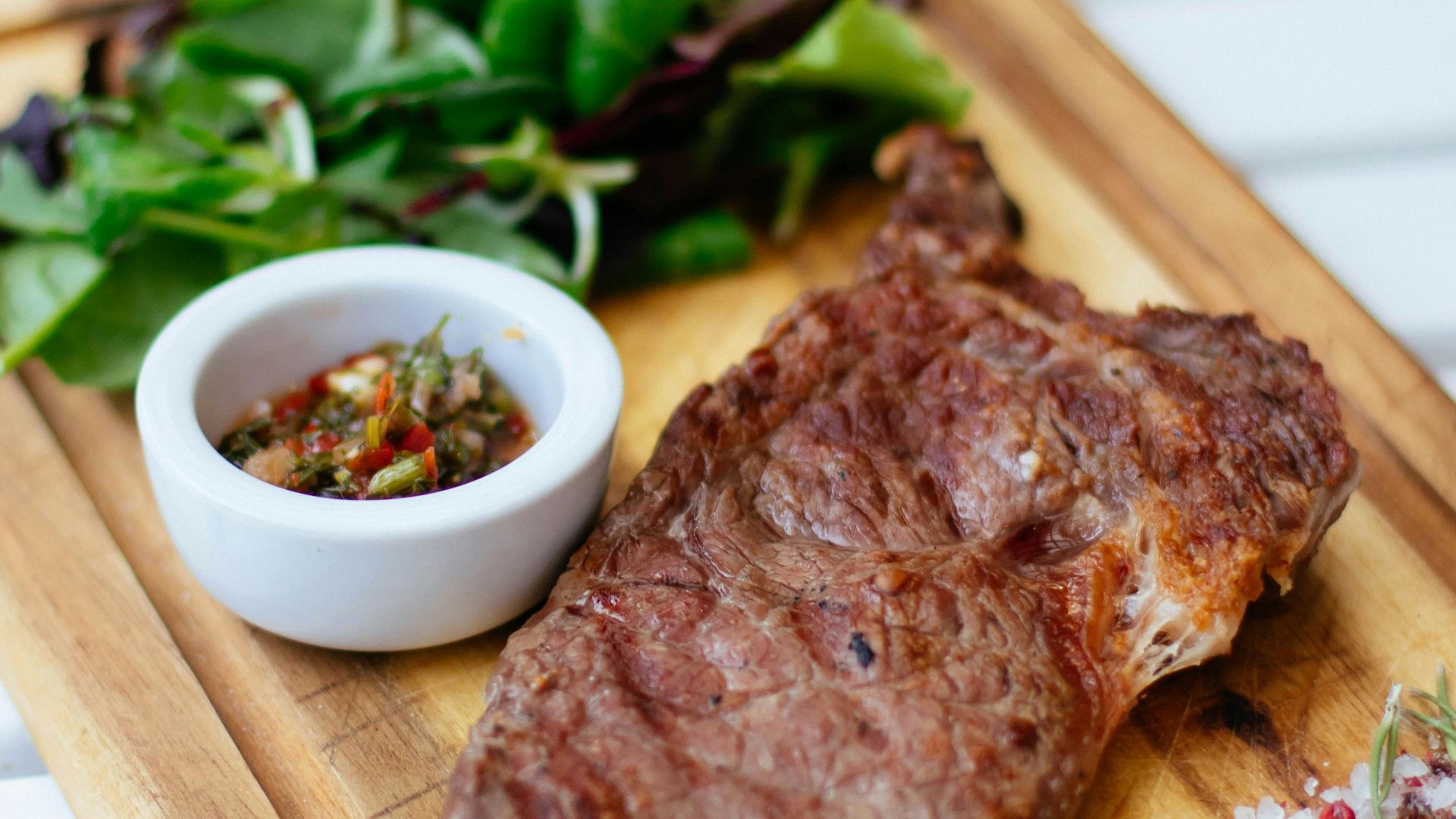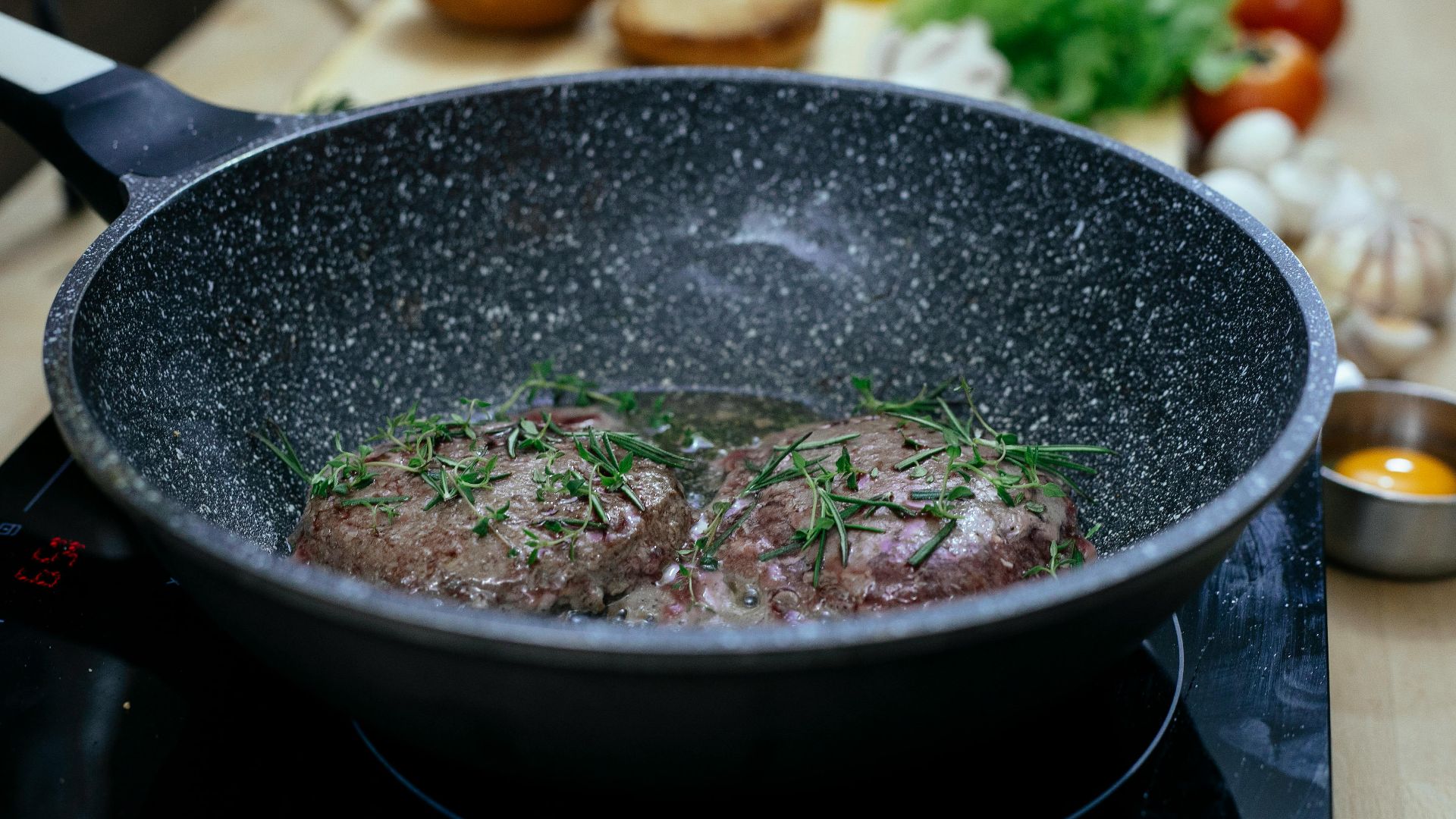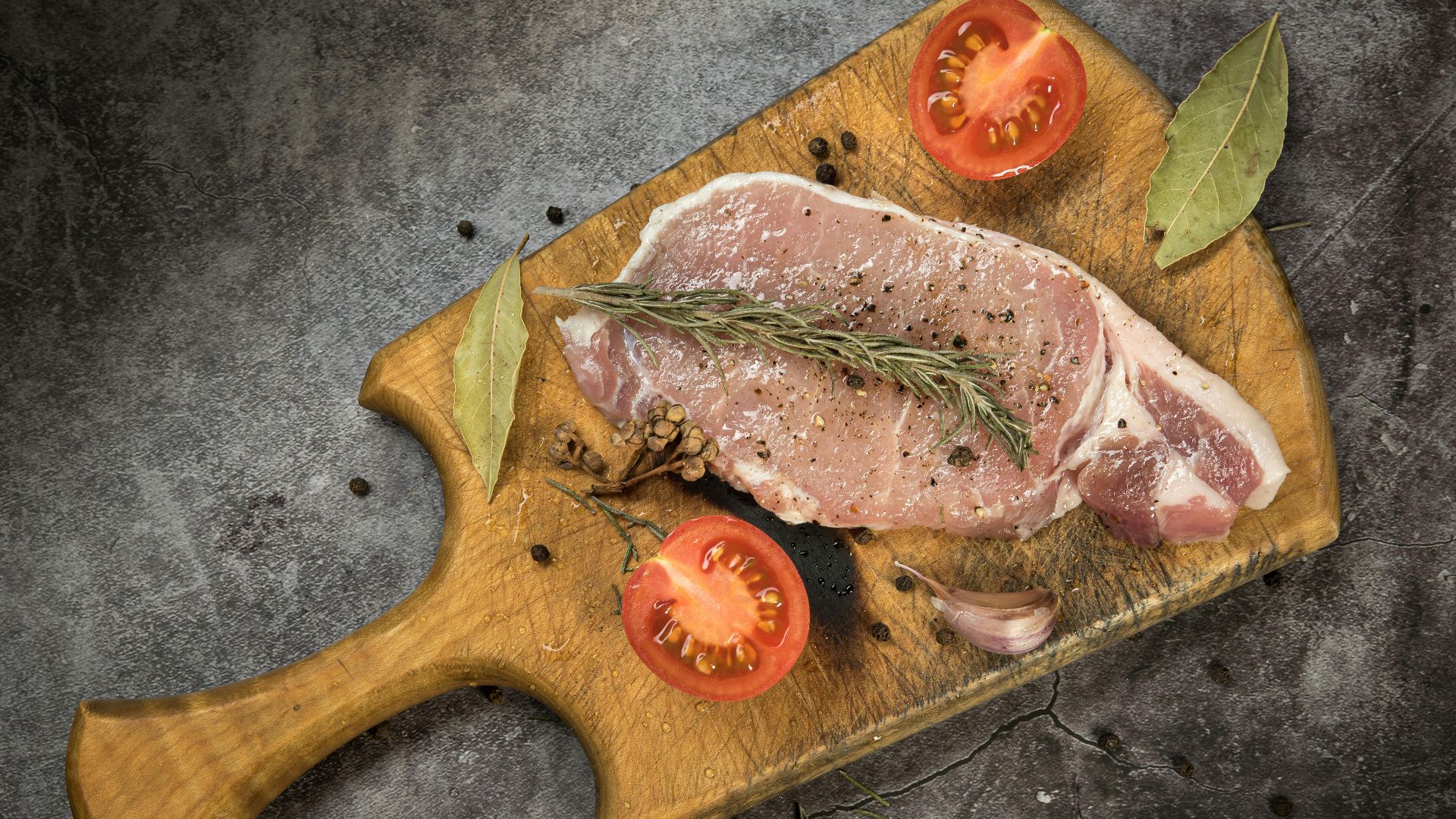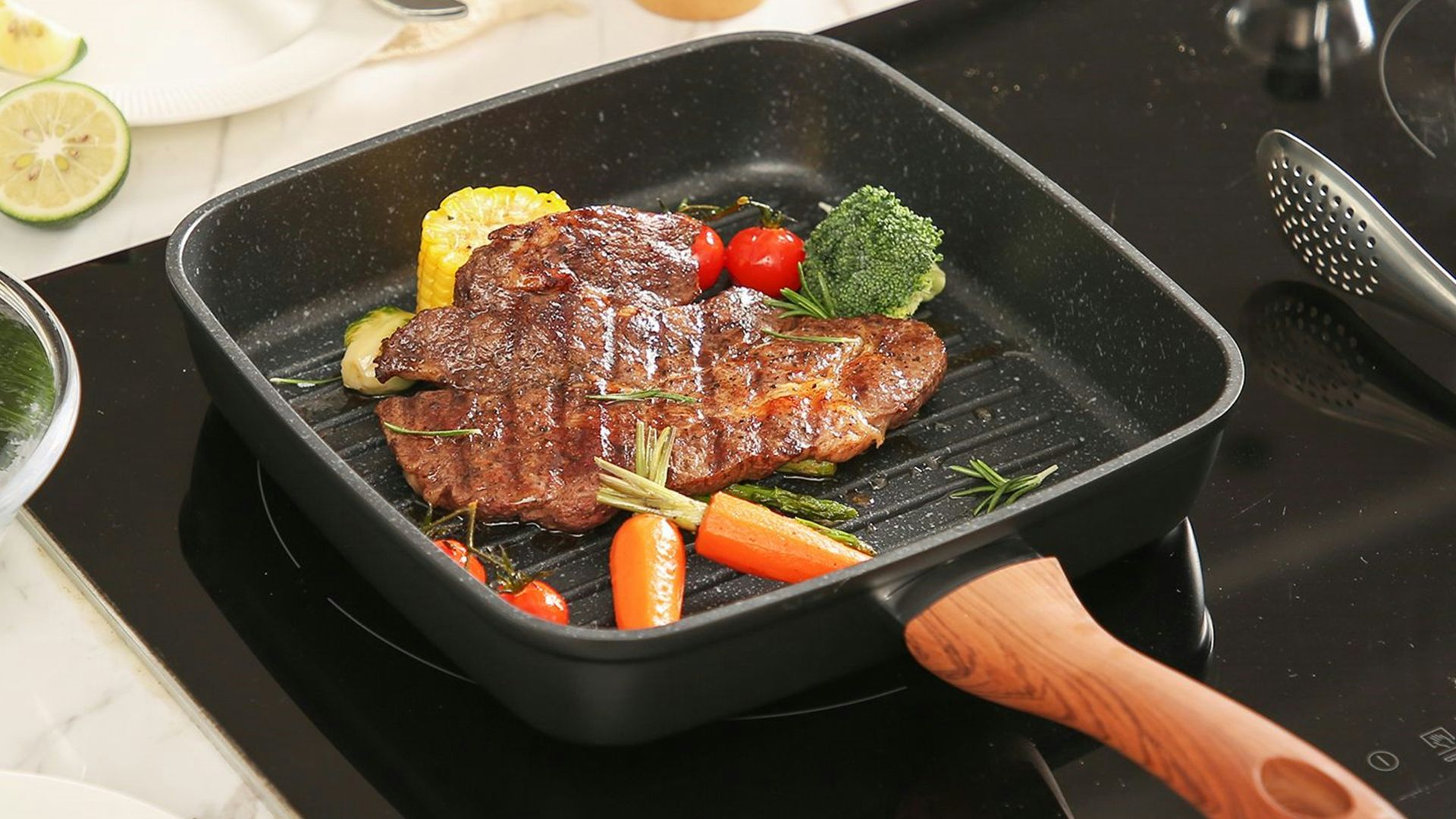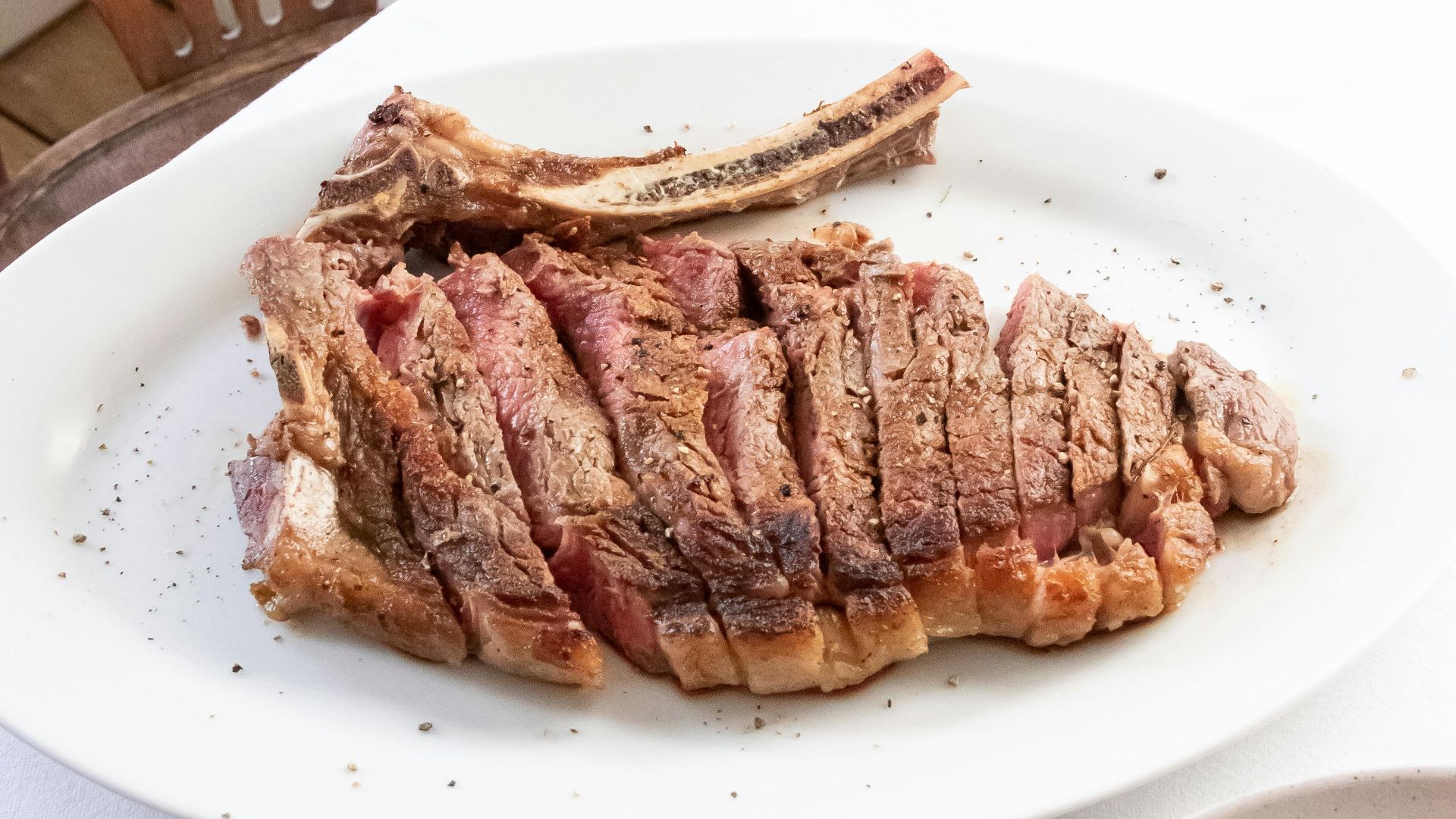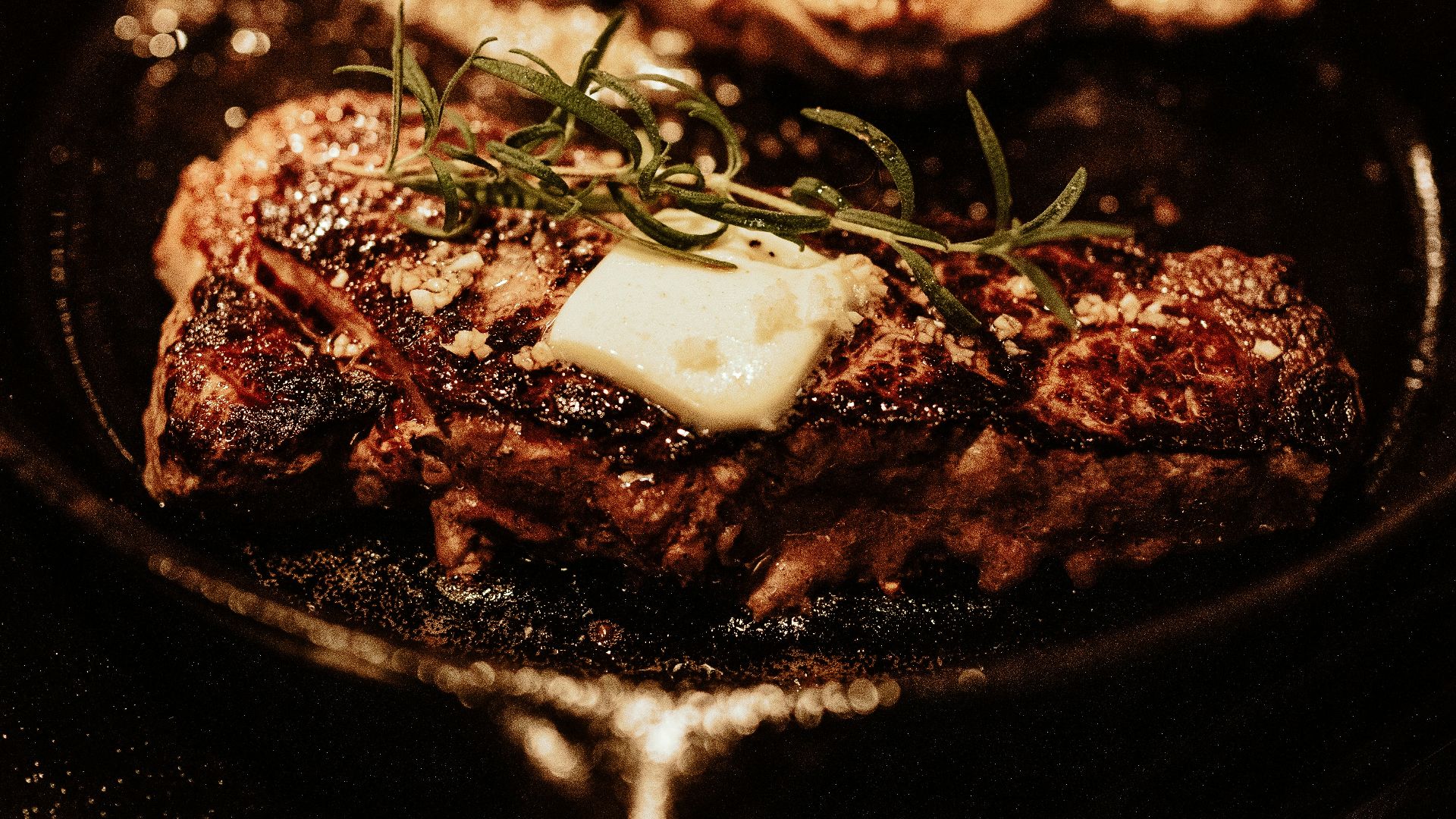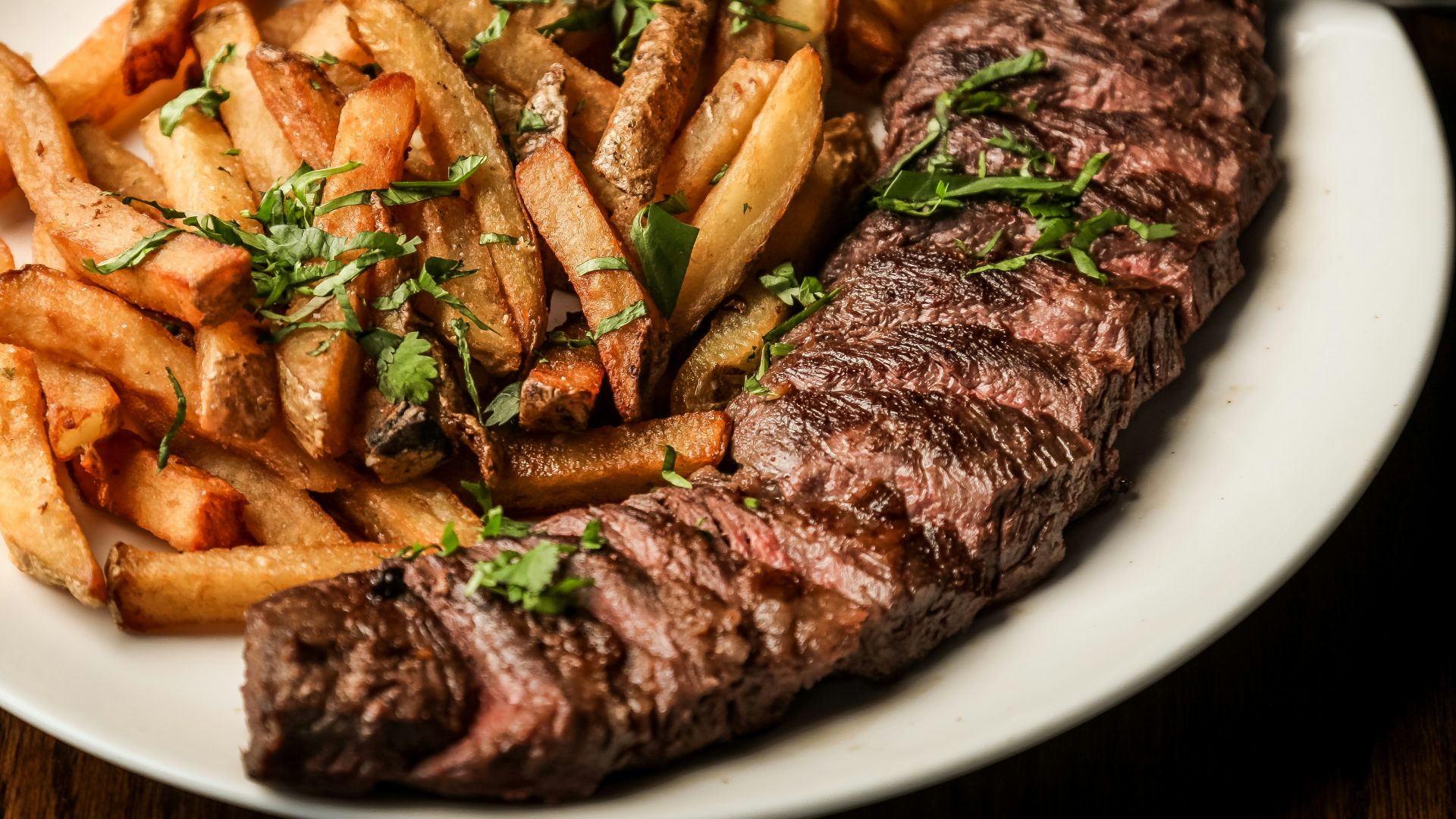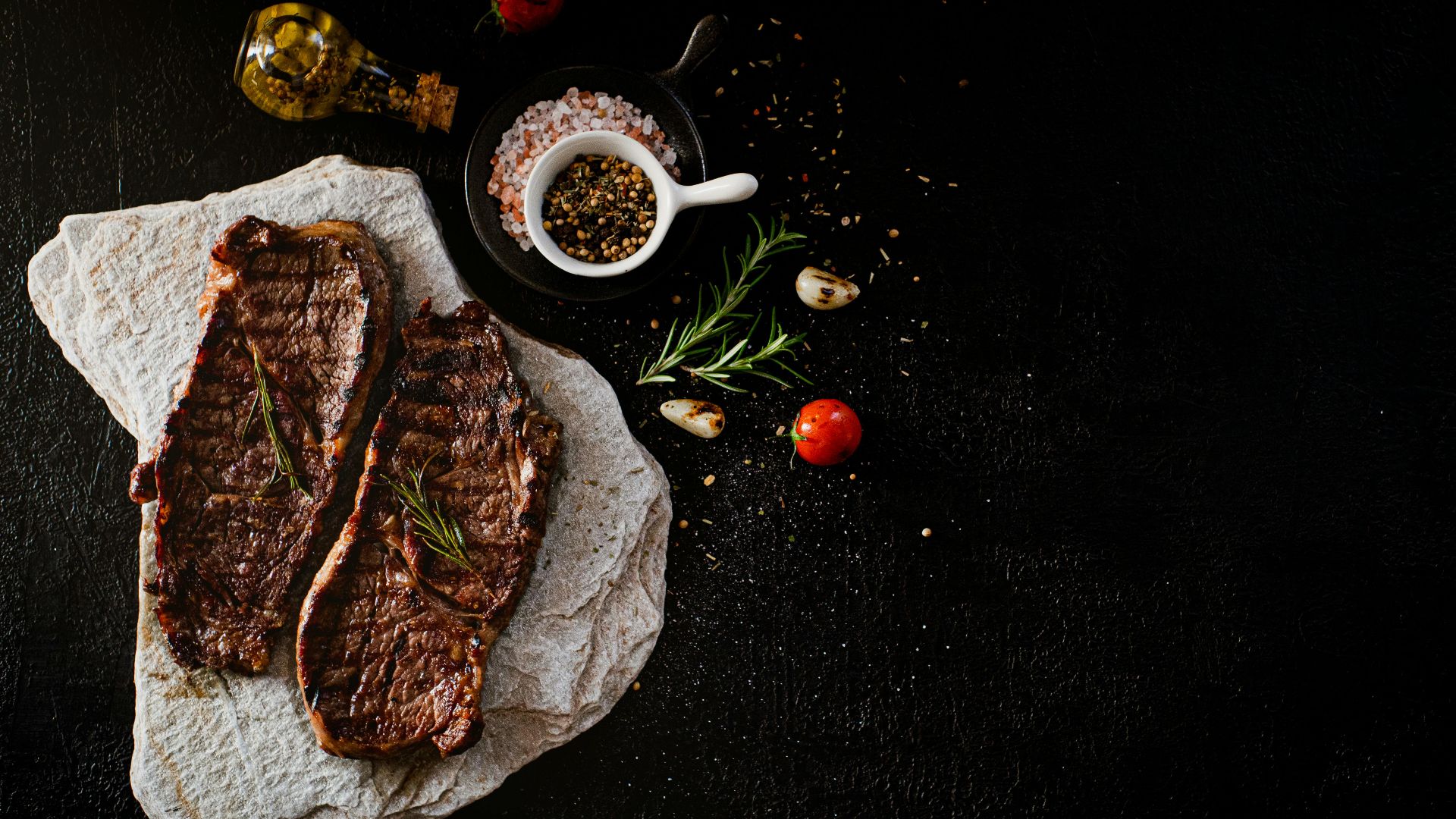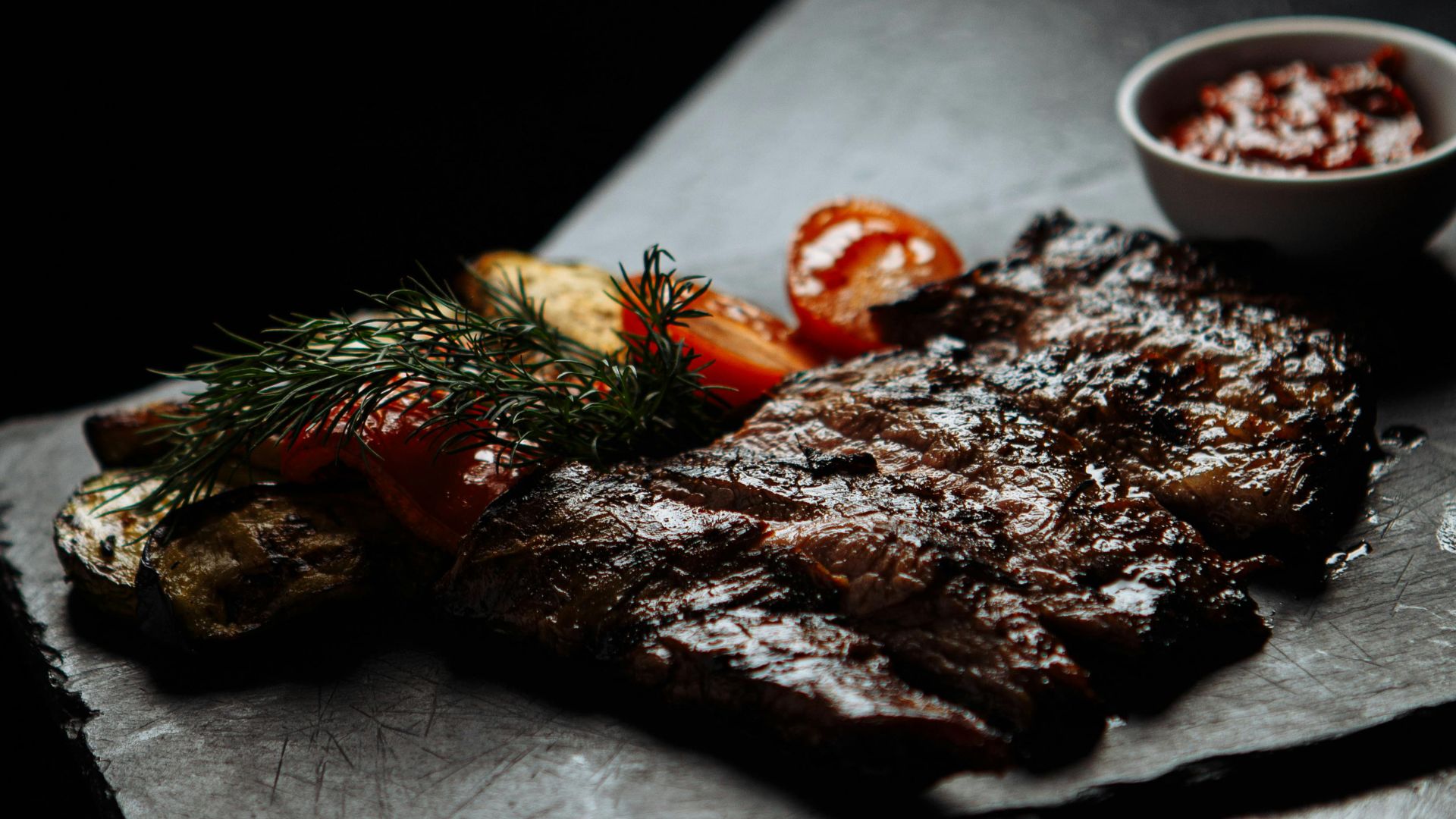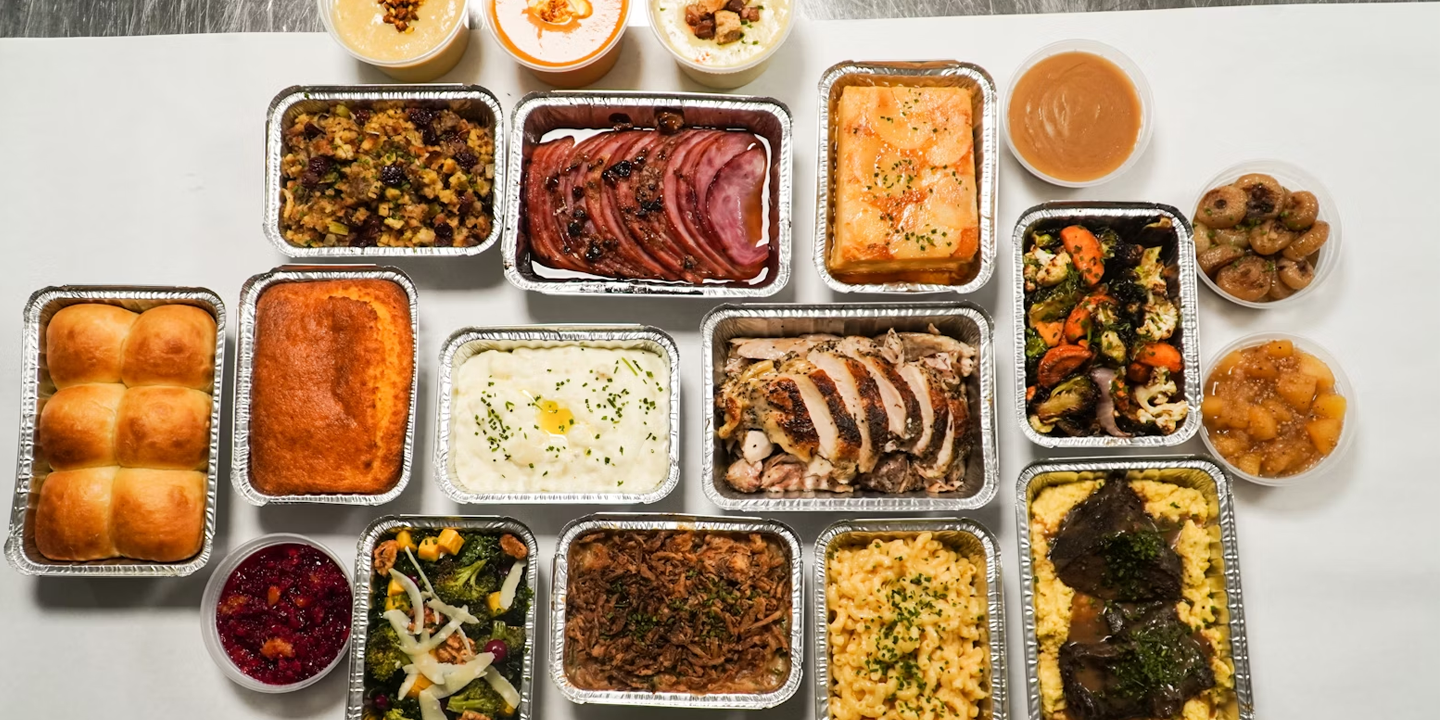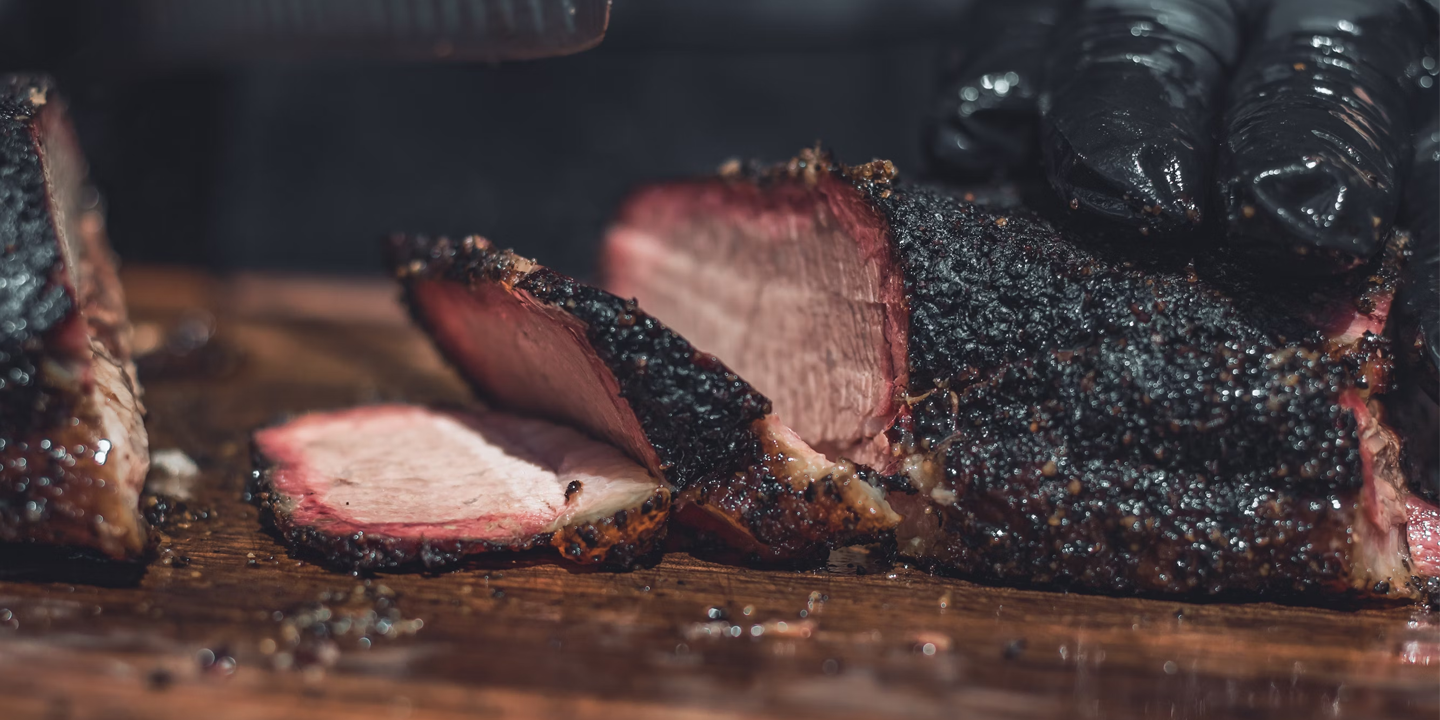Do You Know The Rules Of Steak?
The aroma of a well-seasoned sizzling steak is irresistible, sparking anticipation for that perfect bite. When done right, it hits the spot like no other food—when done wrong, it completely falls flat. This list breaks down common mistakes and offers practical tips to help you truly enjoy the cut you’ve paid for. Before you ruin another steak, read on to learn where you fall short and how to fix it.
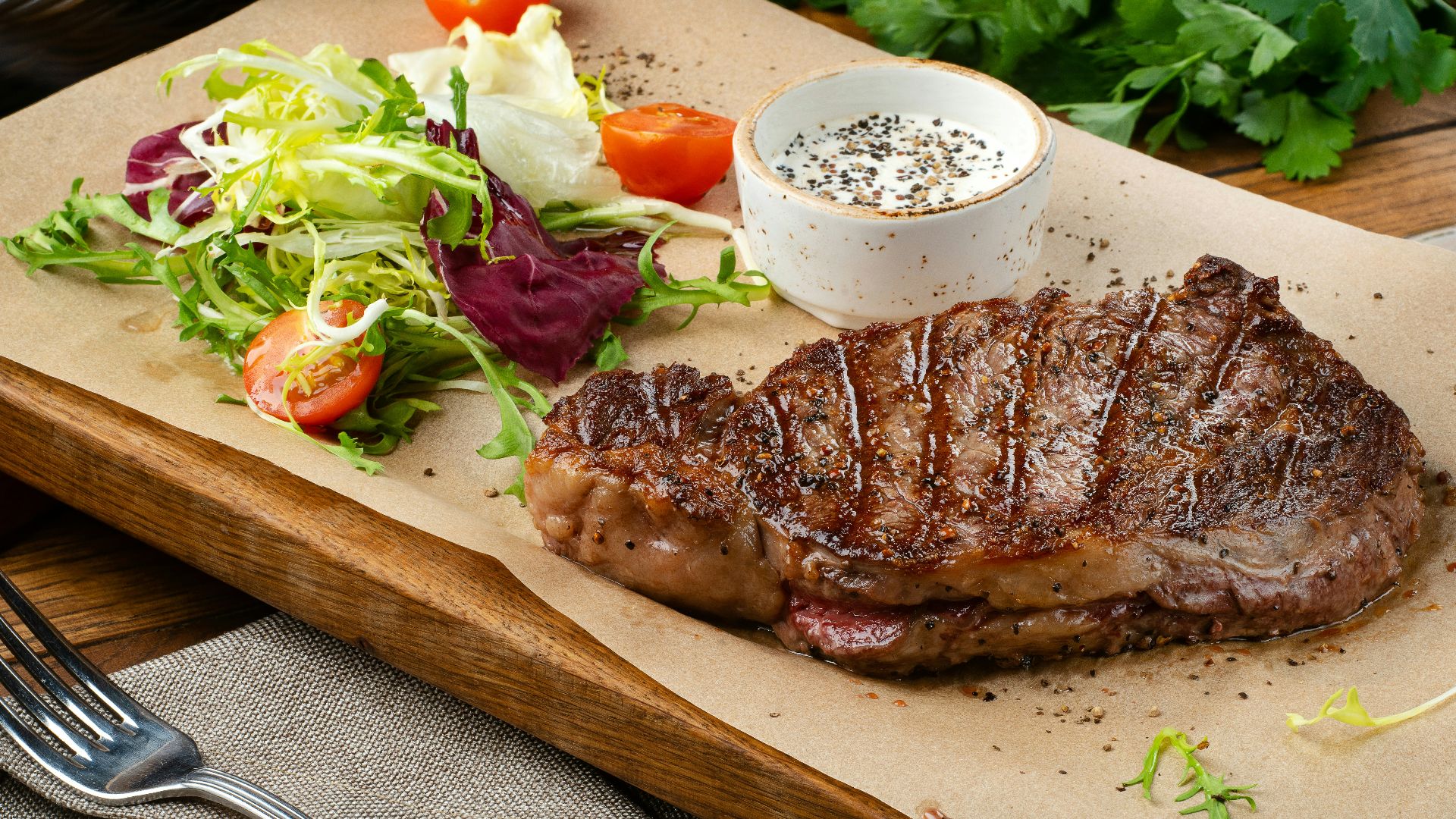 David Foodphototasty on Unsplash
David Foodphototasty on Unsplash
1. Using The Wrong Pan
High-heat searing demands gear that can take the heat. Nonsticks cannot handle high heat, that’s why they’re not the best for ribeyes. Heavy-duty cast iron or stainless pans grip heat and distribute it evenly. Want a golden crust? Start with the right weapon.
2. Using Cold Meat Straight From The Fridge
Your steak isn’t a popsicle, so don’t treat it like one. Cold meat zaps heat from the pan, sabotaging that crave-worthy crust. Worse, it stays raw inside while the outside burns. Let it breathe at room temperature to ensure it browns and cooks evenly after.
3. Not Drying The Surface
On a hot pan, a damp surface just steams and leaves the crust soft instead of crisp. If this isn’t what you desire, pat it dry with a clean kitchen towel after thawing. Do that first, and you’ll get those deep, golden sear lines.
4. Overcrowding The Pan
Jamming too many steaks in one pan is like stuffing a crowded elevator; nobody wins. Steam builds, crust disappears, and meat cooks unevenly because the overcrowding lowers the pan’s temperature. Give those steaks space to sizzle, and the result is better browning and flavor that speaks for itself.
5. Constantly Flipping The Steak
Once the steak is on the heat, hands off since every flip interrupts its transformation. Let one side brown and build character before giving it a single, deliberate turn. That’s how you go from patchy disappointment to that mouthwatering mahogany color chefs chase daily.
6. Pressing Down On The Meat
Pressing a steak is like wringing out a sponge—except what you’re losing here is the juicy flavors. We know it's tempting, but resist the urge to smash it flat. That sizzle might sound satisfying, but it’s your juices evaporating into the air, which leaves the meat chewy and dry.
7. Cooking By Time, Not Temperature
A stopwatch doesn’t know your steak’s thickness, but a thermometer does. Doneness comes down to internal temperature—125°F for rare, 135°F for medium-rare. Since different cuts cook differently, that one quick probe gives you control and spares a tender filet from becoming a charred regret.
8. Skipping The Rest After Cooking
You’ve come this far, don’t rush the process. When you slice too soon, all those flavorful juices puddle on your plate. Instead, let the meat rest to allow the moisture to settle back in. Cover it loosely, give it five minutes, and let the steak reward your patience.
9. Seasoning At The Wrong Time
When it comes to seasoning, timing your salt is a strategy. Those who salt too early risk drawing the water out. Too late, and all that seasoning just sits on top. The magic windows are right before hitting the heat, or at least 40 minutes ahead.
10. Using Low-Quality Meat
Choosing a cheap cut may seem like a quick fix, but it’s a gamble. These cuts are often tougher, have less marbling, and lack the deep flavor you crave. As a result, they cook unevenly, turning out dry and chewy no matter how much seasoning you add.
The missteps above can sink even the best cut of beef. But with the right guidance, you’ll flip the steak script. Let’s get into what works.
1. Choose The Right Cut
Not all steaks are created equal. Ribeye, filet mignon, or strip steaks offer the best tenderness and flavor. When selecting your cut, look for marbling (fat interspersed in the meat) to ensure juiciness. A well-chosen cut makes all the difference in flavor and texture.
2. Use The Right Meat Thermometer
We’ve already established that thermometers are essential—now choose wisely. Instant-read models are ideal for steak: accurate and crust-friendly. Leave-in probes suit roasting, while smart thermometers sync with your phone. Thermometers don’t lie, and the right one guarantees juicy, perfectly cooked results every single time.
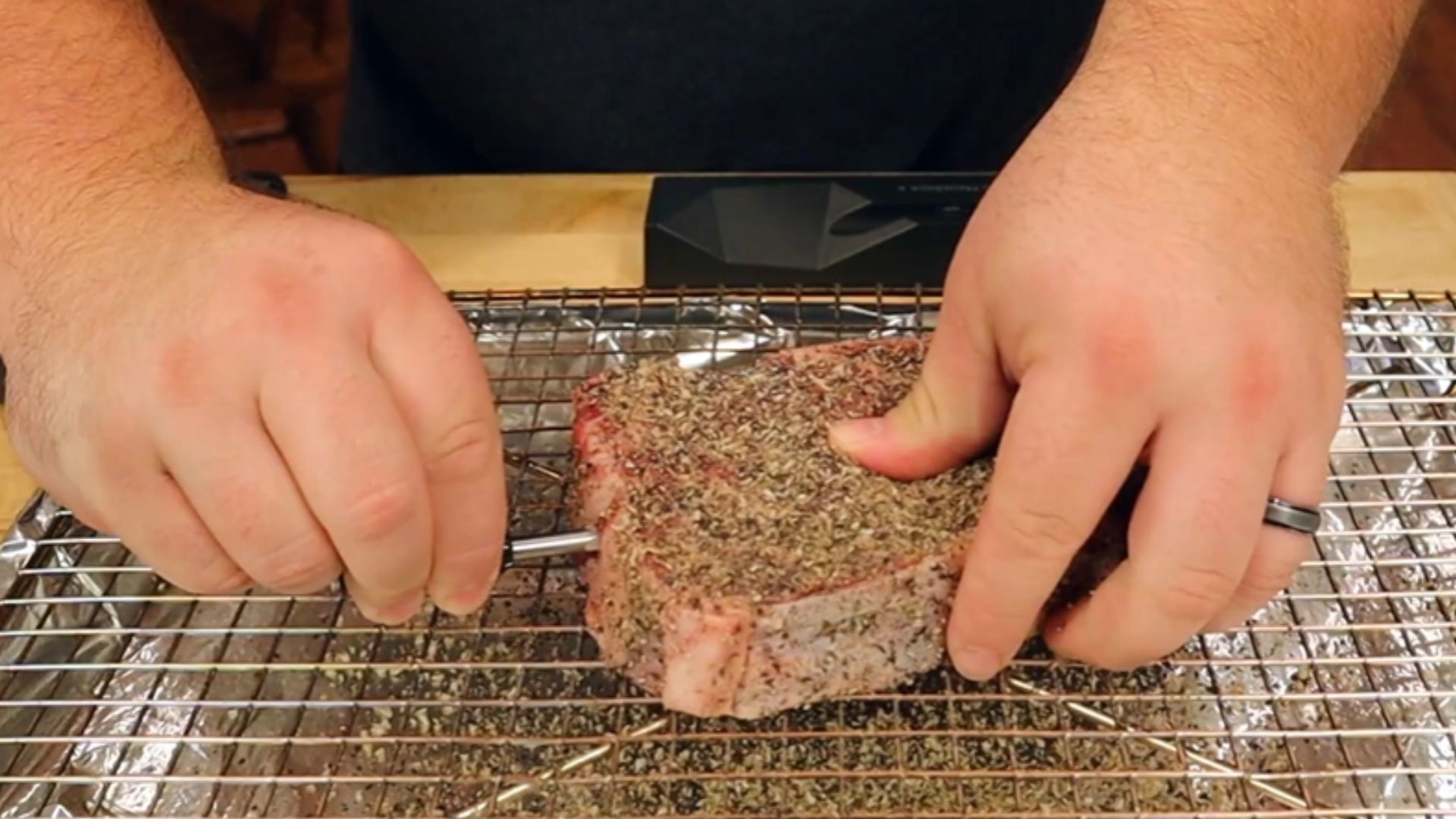 MeatStick X Product Review | Wireless BBQ Thermometer by Nick's BBQ
MeatStick X Product Review | Wireless BBQ Thermometer by Nick's BBQ
3. Let The Pan Get Screaming Hot
Here’s how to know your pan is ready: flick on some water. If it sizzles and dances, game on. That high heat triggers Maillard magic, transforming bland meat into a brown, crusty steak. Skip the heat, and all you’ll get is gray, lifeless disappointment.
4. Season Generously
Salt brings out moisture and tenderness, while pepper adds bite. Garlic powder deepens savoriness, and smoked paprika adds warmth. If you’re feeling adventurous, add crushed coriander for a citrusy lift. Spices need time to soak in, and if done right, under heat, they help build that bold, flavorful crust.
5. Use High-Smoke-Point Oil
Did you know that different oils have varying smoke points that can make or break your steak? While most people go for butter, it’s not a good idea since it starts smoking fast and can sabotage flavor. The best are grapeseed or avocado oils, which handle high heat better.
6. Sear, Then Finish In The Oven
For thicker cuts, searing in a pan may not be sufficient. So, start by building that crust on a pan, then finish gently in the oven. It’s how chefs keep the inside buttery soft without sacrificing the sizzle on the outside. The contrast one gets from this process is unbeatable.
7. Baste With Butter And Aromatics
As you cook, use melted butter mixed with garlic and herbs to turn steak into an aromatic wonderland. The basting spoon or brush delivers fat, flavor, and fragrance all at once. When you are consistent with the spooning or brushing, you’ll see the surface take on that glossy, golden-brown finish everyone loves.
8. Slice Against The Grain
Slice your steak wrong, and you sabotage the whole show. Doing it along the grain gives you a chewy texture. However, when one cuts against the grain, it shortens the fibers and multiplies tenderness. That clean, buttery bite is in the direction of your knife.
9. Rest The Steak Under Tent Foil
Rest your steak by covering it with a tent of foil. Now, if you wrap it too tightly, you get steam. Leave it bare and you lose heat. The perfect shape is to tent foil as it gives you the sweet spot—warmth without sogginess. Letting it rest like this gives you juicier bites.
10. Dry Brine Overnight For Maximum Flavor
Another helpful tip is overnight dry brining. Salt penetrates deep, reshaping texture from the inside out. The exterior dries slightly, and this sets the stage for an exceptional crust. What’s left is a juicy, flavorful masterpiece built entirely by time and smart prep.


